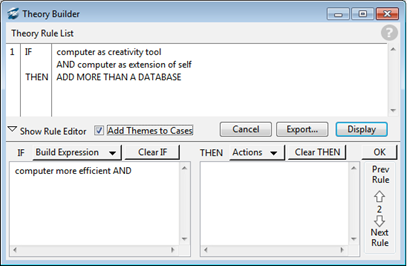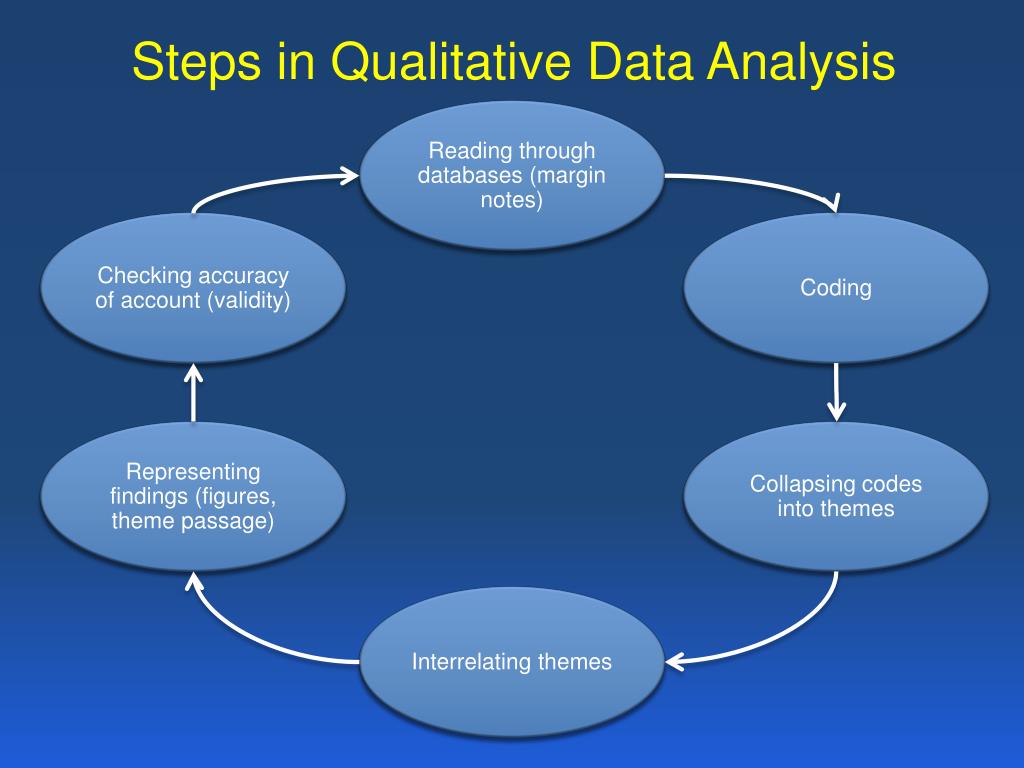
- #Hyperresearch coding pdf
- #Hyperresearch coding software
- #Hyperresearch coding code
- #Hyperresearch coding plus
#Hyperresearch coding code
All code references for all the selected codes are changed to the new code you choose. You can also re-code more than one code by selecting all the codes you want to change in the Code Book. When you Re-Code, the original code is still in the Code Book and you can continue to use it. The main difference between Rename and Re-Code is that a renamed code is removed from the Code Book and replaced by the new name. All the first code’s references are changed to use the second code instead. Then either select a code to reassign the first one to, or create a new one. To assign all a code’s references to a different code, select the code you want to reassign, then choose “Re-Code” from the Edit Code popup menu at the top of the Code Book. Reassigning code references with the Re-Code command Any coding you’ve done with the old name is changed to refer to the new name instead. This command changes the code’s name to the new name you enter. To simply change a code’s name throughout your study, select the code, then choose “Rename” from the Edit Code popup menu at the top of the Code Book. Changing a code’s name with the Rename command For more information about the distinction between the global changes you make in the Edit Code popup menu and the specific changes available in the Codes menu, see “The Codes menu versus the Edit Code menu” in the Code Book topic. NOTE: The “Rename”, “Re-Code”, and “Duplicate” commands in the Edit Code popup menu change the code wherever it appears, while the commands in the Codes menu change only the selected code references. You have three options: Rename, Re-Code, and Duplicate. removing a code used for temporary marking of interesting passages.consolidating several specialized codes into a more general code.Changing a code’s name to better reflect its meaning.If a code appears in both the original Code Book and the imported list, it appears in the final Code Book only once, and is not duplicated.)Īt times you may want to make changes to the codes used for already-coded source material.


#Hyperresearch coding plus
Instead, the two lists are merged: after the import process, the Code Book contains all the codes that were originally in the Code Book plus all the codes that were in the imported list. (The imported list does not replace any codes that are currently in the Code Book. The code list is imported into the currently open study file. To import the exported codes into another study file, open the other file, then choose Import List from the Edit Code popup menu and locate the exported code list from the first study. This command exports the entire code list, along with the code descriptions and group memberships, to a text file. To export the codes from your study, choose Export List from the Edit Code popup menu at the top of the Code Book. This is a useful capability if you want to synchronize the code lists in multiple copies of the same study file (for example, for a team of researchers all coding in the same study), or if you want all your studies to start with the same core list of codes. You can share lists of codes between studies by exporting one study’s codes and importing them into another. Is ‘coding scheme’ the same as ‘theoretical framework’?īetter ways to collate or express theory – Sets and alternative grouping CH 9 Exercises: managing and manipulating coding schema structures
#Hyperresearch coding software
See all coloured illustrations (from the book) of software tasks and functions, numbered in chapter order. There are two key aspects – in order to feel confident about the potential of a software application to support particular working styles the inherent nature of the structures is significant following on from that the ability to manipulate the coding scheme and extract the most from it will increase confidence in the software. The nature and structures of the coding scheme in a software application and how it can be used can make a difference to the processes of analysis.

#Hyperresearch coding pdf
Download the pdf for this chapter guide here.Ĭhapter 9 discusses how the structures of coding schemes, alternate groupings are key to moving forward with analysis.


 0 kommentar(er)
0 kommentar(er)
